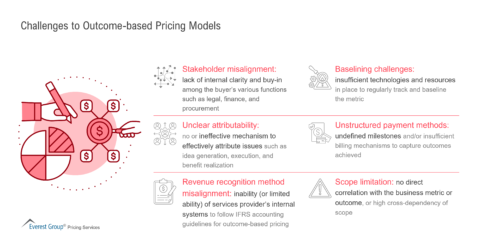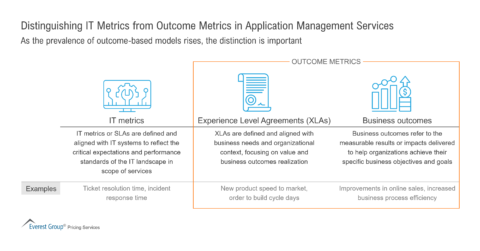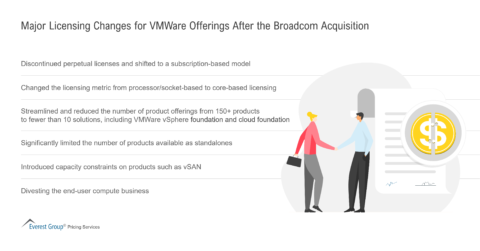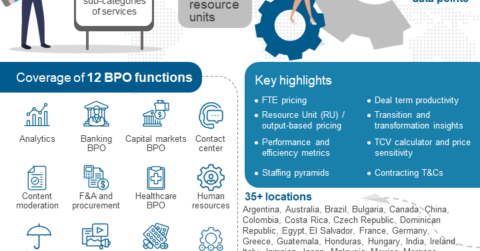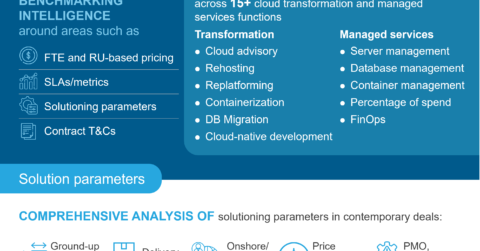Reimagine growth at Elevate – Dallas 2025. See the Agenda.
Filter
Displaying 61-70 of 342
Maximizing Value in Business Process Outsourcing Contracts | Webinar
On-demand Webinar
1 hour
Delivering Commercial Value in Outsourcing Contracts to APAC Clients in 2024 | Webinar
On-demand Webinar
1 hour
Engineering Services in 2024: The Market Outlook and Commercial Trends | Webinar
On-demand Webinar
1 hour


